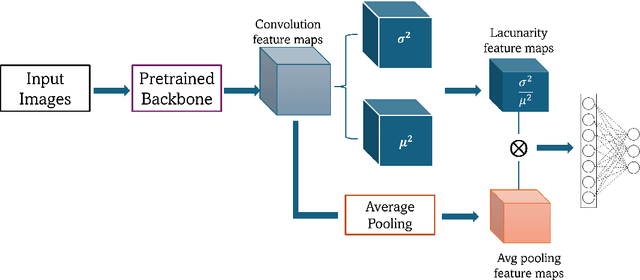Lacunarity Pooling Layers for Plant Image Classification using Texture Analysis
Paper and Code
Apr 25, 2024



Pooling layers (e.g., max and average) may overlook important information encoded in the spatial arrangement of pixel intensity and/or feature values. We propose a novel lacunarity pooling layer that aims to capture the spatial heterogeneity of the feature maps by evaluating the variability within local windows. The layer operates at multiple scales, allowing the network to adaptively learn hierarchical features. The lacunarity pooling layer can be seamlessly integrated into any artificial neural network architecture. Experimental results demonstrate the layer's effectiveness in capturing intricate spatial patterns, leading to improved feature extraction capabilities. The proposed approach holds promise in various domains, especially in agricultural image analysis tasks. This work contributes to the evolving landscape of artificial neural network architectures by introducing a novel pooling layer that enriches the representation of spatial features. Our code is publicly available.
 Add to Chrome
Add to Chrome Add to Firefox
Add to Firefox Add to Edge
Add to Edge